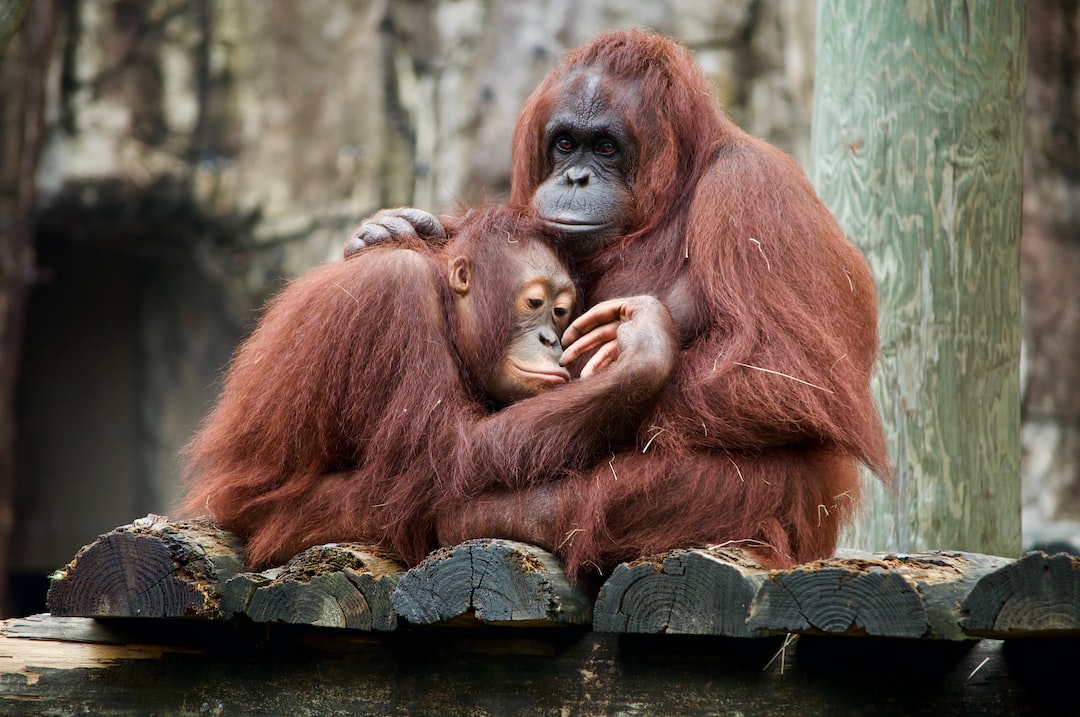Insect Intelligence: Examining the Surprisingly Complex Behavior and Problem-Solving Abilities of Insects
When we think of intelligence, our minds often conjure images of humans and other highly advanced animals. However, the world of insects holds surprises more complex and intriguing than we could ever imagine. Though small in size, insects exhibit astonishing feats of problem-solving and behavior that have fascinated scientists for years.
In recent studies, researchers have shed light on how insects exhibit intelligence in various ways, challenging our preconceived notions about these tiny creatures. From complex social structures to intricate navigation techniques, insects prove that intelligence comes in many shapes and sizes.
One remarkable example of insect intelligence can be found in the behavior of ants. Ant colonies are organized in a way that mirrors a sophisticated society with specific roles and responsibilities. For instance, worker ants selflessly devote themselves to various tasks, such as foraging for food or constructing the nest, to ensure the survival of the colony.
But it doesn’t stop there. Ants are also capable of solving complex problems collectively. Scientists have conducted experiments where ants are presented with a challenging task, such as finding the shortest path from their nest to a food source. Astonishingly, ants communicate and signal to other ants to steer clear of areas already explored, leading to a more efficient pathfinding process. This collective problem-solving ability demonstrates a level of intelligence that surpasses individual capabilities.
In addition to ants, honeybees also exhibit remarkable intelligence through their intricate communication system known as the “waggle dance.” When a foraging honeybee discovers a new food source, it returns to the hive and performs a unique dance, indicating the direction and distance to the food. This dance serves as a sophisticated form of communication that allows other bees to locate and gather resources from distant locations.
The waggle dance, observed and deciphered by researchers, is an excellent example of insects’ ability to convey complex information through symbolic gestures. It showcases a level of abstract thinking and communication that was previously thought to be the domain of higher animals. The honeybee’s keen spatial awareness and precise communication system highlight the intelligence hidden within their tiny bodies.
When it comes to navigation, insects once again prove their intelligence. Take the case of the monarch butterfly, which embarks on an astonishing migratory journey spanning thousands of miles. These butterflies can travel from North America to Mexico, covering remarkable distances without any prior experience or guidance.
Scientists have discovered that monarch butterflies use a combination of the sun’s position, the Earth’s magnetic field, and visual landmarks to navigate accurately along their migratory path. They have an innate ability to recognize patterns and remember specific locations, allowing them to return to the exact same site year after year. This navigational prowess showcases a formidable intelligence that is far beyond what we would expect from a mere insect.
Beyond specific examples of problem-solving and navigation, insects also exhibit what is known as swarm intelligence. This phenomenon occurs when a large group of individual insects collaborates to solve complex problems and make decisions as a cohesive unit. This collective intelligence is seen in insects such as bees, termites, and ants.
In swarm intelligence, the collective decision-making process is based on simple interactions between individual insects. By responding to their immediate environment and communication signals from other members of the colony or swarm, they can quickly adapt to changing conditions and find optimal solutions. This decentralized approach to problem-solving allows insects to overcome challenges that would be insurmountable for any single individual.
The study of insect intelligence continues to captivate researchers and provides valuable insights into the nature of cognitive abilities. These small creatures, often overlooked, are revealing remarkable capabilities that push the boundaries of our understanding of intelligence.
From the complex social structures of ant colonies to the intricate communication systems of honeybees, insects showcase intelligence through their collective problem-solving, impressive navigation skills, and swarm behavior. These discoveries challenge our perception of what constitutes intelligence and highlight the vast diversity of cognitive abilities across the animal kingdom.
As we delve deeper into the world of insects, we are reminded that intelligence is not confined to a particular species or size. Insects, despite their diminutive stature, possess a level of intelligence and problem-solving skills that can rival some of the most sophisticated animals on Earth. By studying and appreciating their contributions, we gain a newfound respect for the intricate world of insect intelligence.
